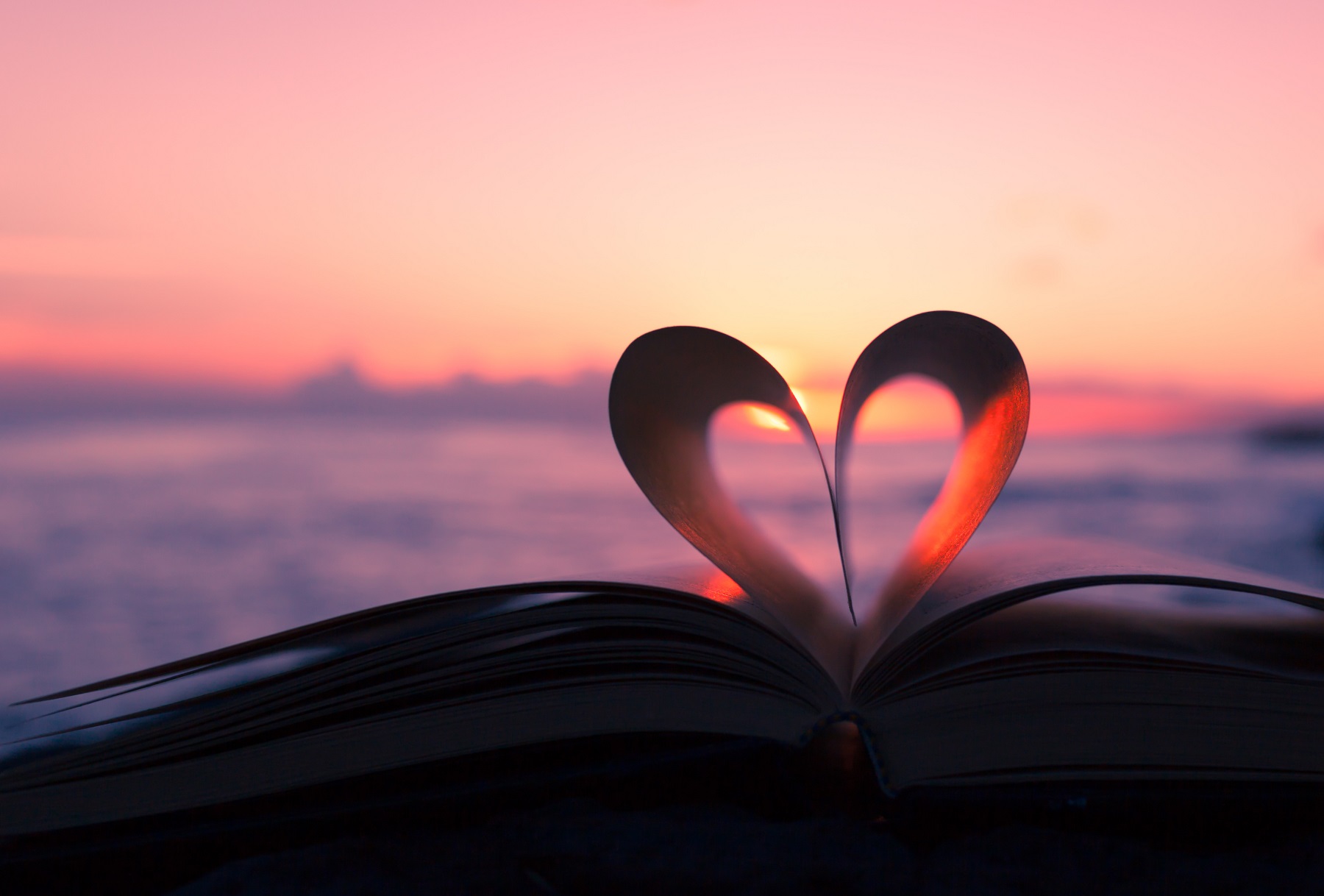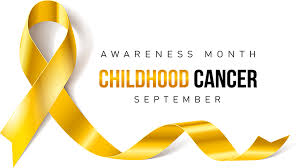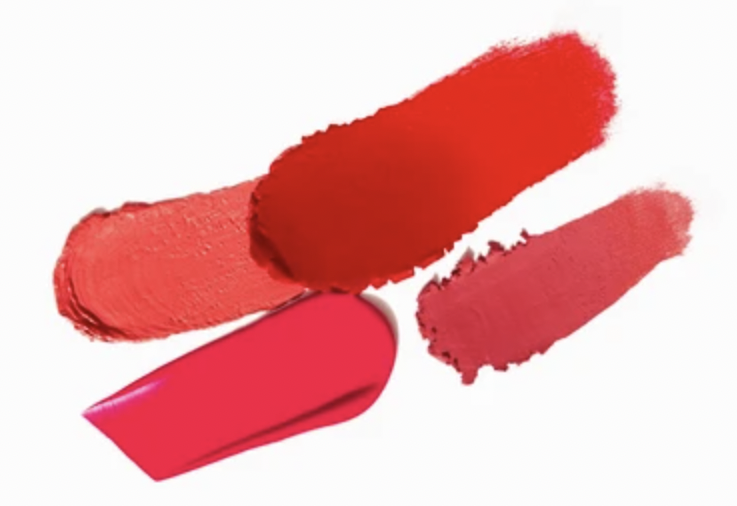
Throughout history, the way people have expressed their feelings of love have evolved in profound ways. From ancient poetry and grand gestures that would leave most speechless to today’s modern-day texts and emojis, how people express their love has adapted to the changing social, cultural, and technological landscapes. To go through a journey through time and explore how love has been declared across different historical periods, all the way from dramatic Shakespearean declarations of love to the awkward “I love you’s” of today, click on the arrows to the left of this box!
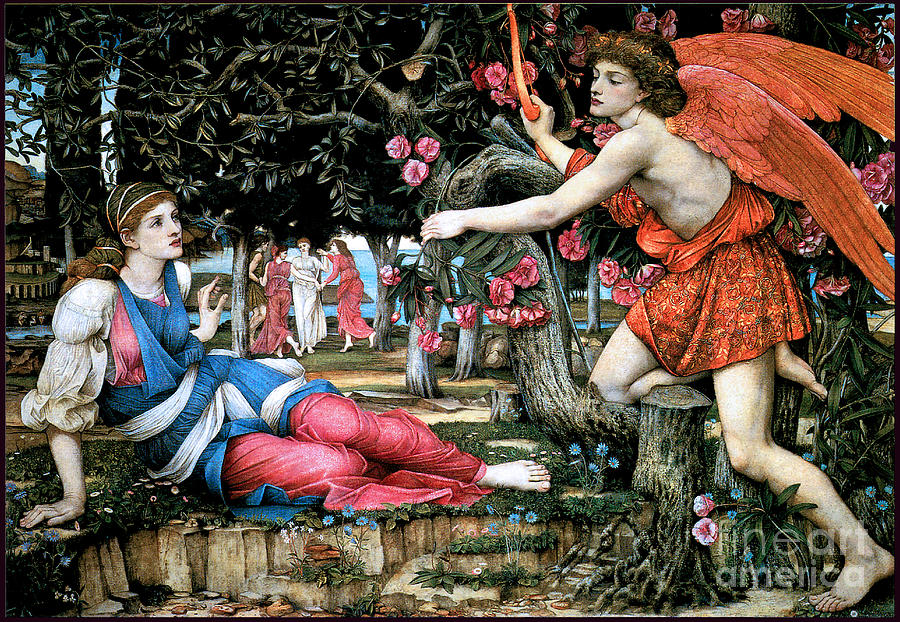
In the Middle Ages, the concept of “courtly love” became common, especially within the nobility of Europe. In the medieval era, love was often idealized, with most seeing it as a dream, sometimes unattainable. Love was a form of devotion, which was often expressed through acts of chivalry, poetry, and serenades. Knights in shining armor would declare their love through heroic deeds, such as rescuing damsels, with the subject of their affections being ladies of noble birth, however distant they may be from the knight themselves.
The most well-known example of this occurrence is the legend of Tristan and Isolde, a tale of forbidden romance between a Cornish knight and an Irish princess. The love in the legend not only exalted, but also tragically unattainable. Troubadour poetry saw a rise in France, with epic tales that depicted love as both pure and unattainable becoming increasingly common. These poems often blended themes of honor, loyalty, and longing. Throughout this period, declarations of love were often formal and filled with honorifics, making love seem more like an idea, and less like something that was realistically attainable.
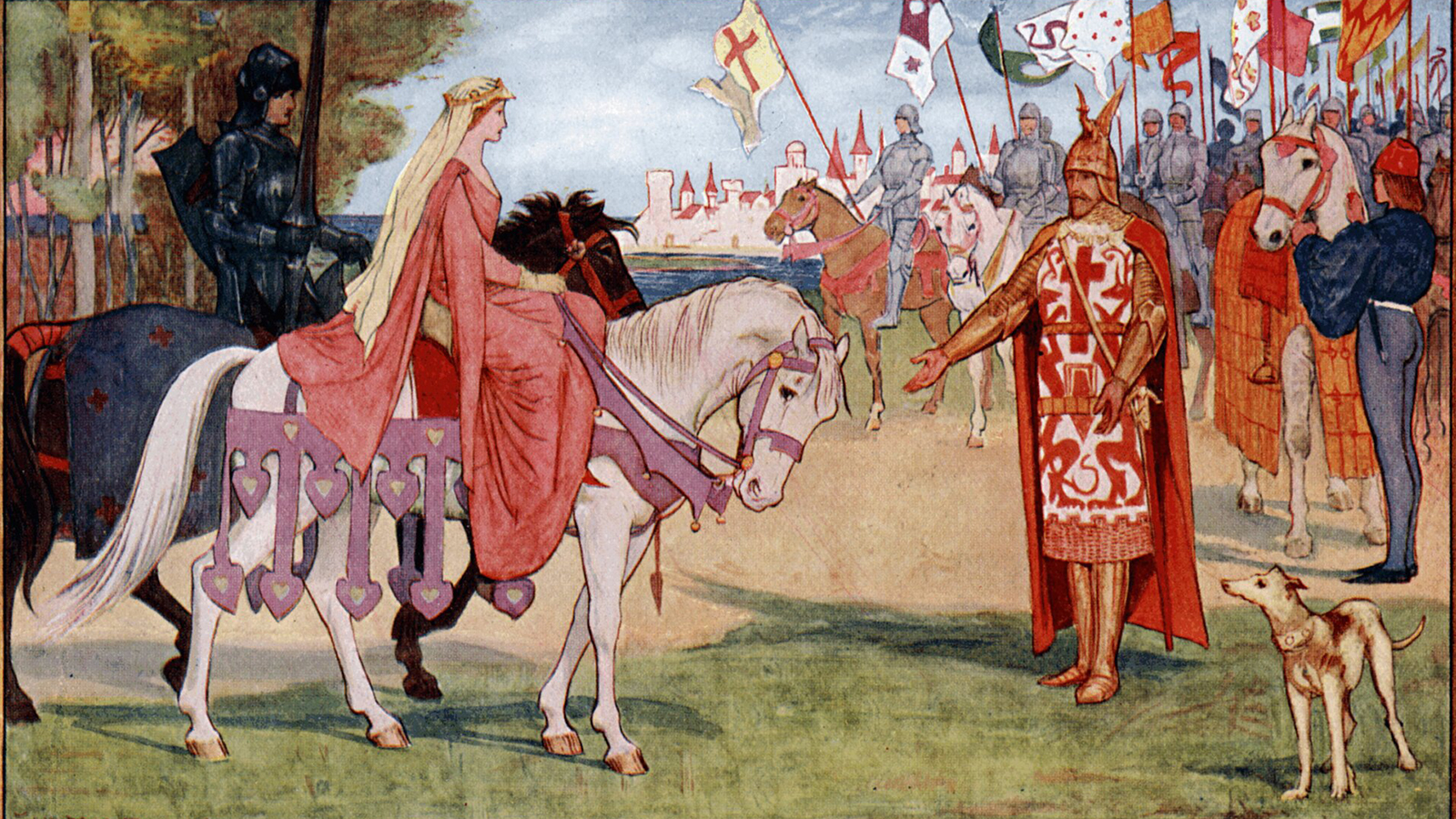
Fast forward to the Middle Ages, and the concept of “courtly love” became prominent, particularly within the noble courts of Europe. In this era, romantic love was an idealized, sometimes unattainable, form of devotion, often expressed through chivalric acts of bravery, poetry, and song. Knights would declare their love through heroic deeds, often with the object of their affection being a distant lady of noble birth.
One of the most famous examples of this is the legend of Tristan and Isolde, where love is both exalted and tragically unattainable. This period saw the rise of troubadour poetry in France and the creation of epic tales that depicted love as both pure and unattainable, often blending themes of honor, loyalty, and longing. Declarations of love were often formal, filled with honorifics, and drawn from the ideals of medieval knighthood.
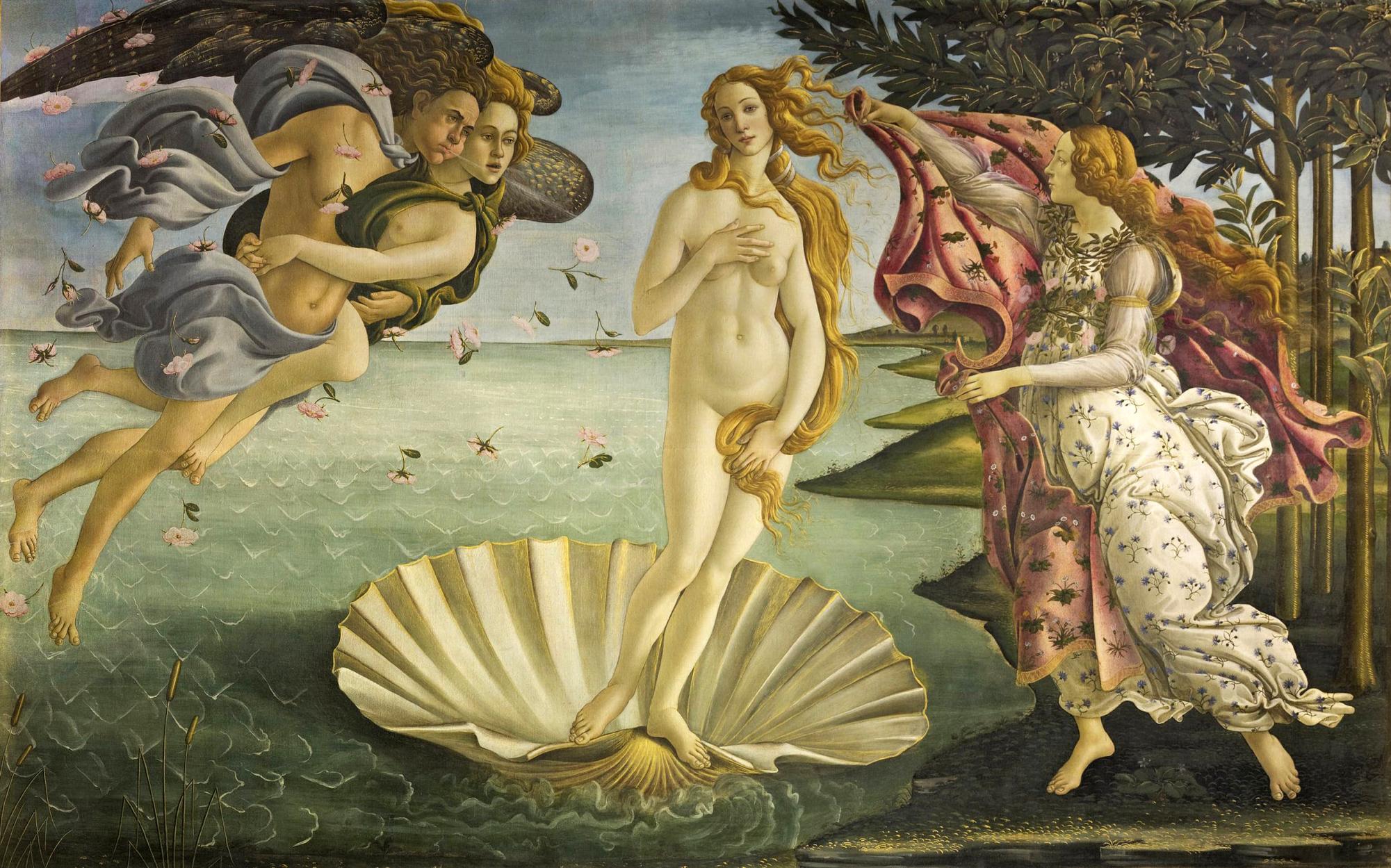
Skip to Europe and the Renaissance: this period saw a revival of Greco-Roman values, meaning the ideas of ancient love and expression became much more prominent. There was a shift from the rigid, idealized form of love to a more passionate and personal expression of love, reflecting the era’s reversion to ancient ideas of love, as well as the emphasis on individualism and humanism. The wildly popular invention of the printing press allowed love letters and poems to circulate like never before, and many now-famous writers, such as Petrarch and Shakespeare, immortalized love into the framework of their pieces. Shakespeare’s sonnets are one of the most recognizable from this period, because they express love as being extremely complex, intellectual, and deeply emotional.
The revival of art as an expression of love sparked many new art movements, the most prominent being realism. Paintings of lovers, such as those by Titian and Botticelli began to reflect the emotional depth and intimacy that was common during the time. Botticelli’s The Birth of Venus is among the most recognized pieces from this period, and it provides a perfect example of how much expressions of love had deepened since the medieval era, because it shows how imperfections can create beautiful endings. Overall, in this period, romantic gestures became less about public displays of grandeur, and more about the private connections, which are often left unspoken between lovers.
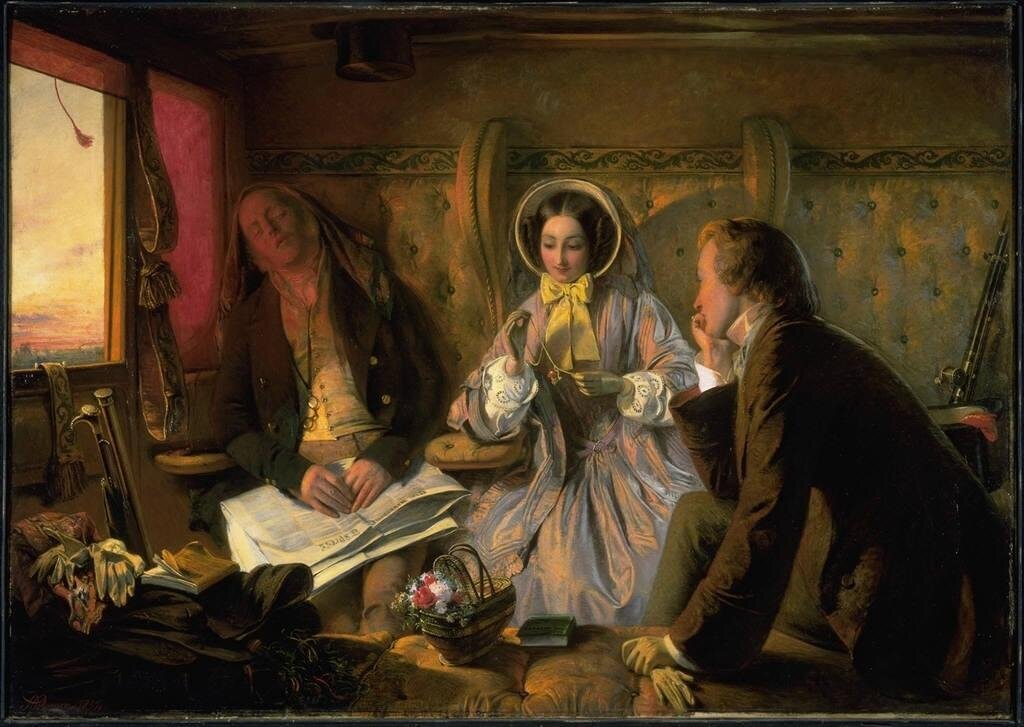
In the Victorian Era, a more restrained form of love that was heavily influenced by the growing societal expectations of propriety began to emerge. Dramatic, public declarations of love dwindled in number, and romance became what happened behind closed doors. The exchanging of love letters became a key factor in the secrecy and privacy of courting a lady, because the art of subtlety was highly valued at the time. The letters were poetic, often cryptic messages that could leave a lady wondering for days about a particular sentence, but they were nonetheless the fashion at the time. The true value of the letters were their ability to allow lovers to convey their feelings without crossing social boundaries, which were very strict and rigid at the time.
Although many Victorians cherished the sanctity of marriage and love within a moral and societal era, many renowned poets, such as Elizabeth Barrett Browning and Alfred Lord Tennyson, released some of the most profound declarations of love in the history of the English language. The poems were powerful and impassioned, showing how the privacy of love didn’t diminish the level at which it was felt. However, since societal practice at the time revolved around confining public expressions of love to the written word, the majority of society participated in declarations that were deeply formalized, with “proper etiquette” enveloping even the smallest gestures.
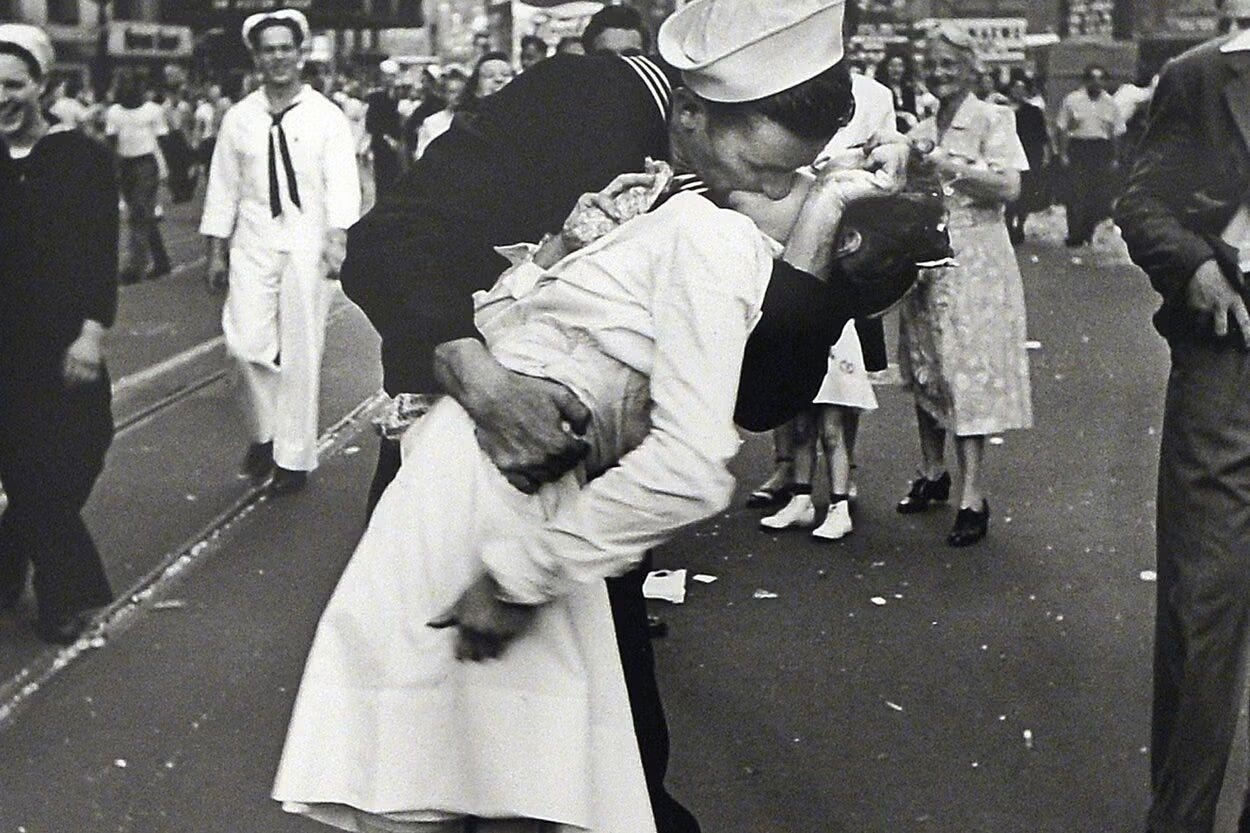
The most dramatic evolution of love came with the 20th century. The 20th century was a period of massive change for the entire world, with advances in technology giving birth to mass communication, world wars, and major cultural shifts. The advances in technology allowed love to be documented like never before, because inventions like photography, film, and radio made it so that love could be more visible than ever before. The iconic movie Casablanca (1942) is a prime example of this, because it showcases dramatic love declarations and blended passion with the tragedy of wartime separation at a time when it was desperately needed. Love became more direct and personal, with the rise in “matchmaking” allowing people to find love fast and efficiently.
In the post-war period, the idea of love as a partnership, rather than a transaction, brought about major change. The radio began playing love songs, and pop culture, along with advertising, began to exhibit love in a more casual, playful way. The idea of engagement rings as staples of love were introduced, showing how gestures were still much appreciated amongst the population. The feminist movement during this period also began to present new ideas about relationships, emphasising equality and choice, showing how much love had evolved since the Victorian Era.

COVID-19 forced people to connect in new ways, and by extension, find new ways to express love, because the physical distance and lockdowns changed the way humans interacted when dating. Social distancing made virtual communication key, and the shift from face-to-face interactions to online interactions, for many, led to deeper emotional connections, but for some, the isolation created challenges for those who were separated from their loved ones. The resilience of love was especially highlighted during this period, because it reinforced the importance of emotional connections.
One such example comes from New South Wales. During the pandemic, a farmer’s aunt passed away, and due to their COVID-19 restrictions, he was not permitted to attend the funeral. This farmer didn’t have a way to make it to his aunt to say goodbye, so he devised a way to show her his love, even if she was in heaven. He spread sheep feed out in his field in the shape of a heart, and then released his sheep to the field. In the end, the view from above was the white outline of a heart, showcasing the farmer’s dedication and final declaration of love to his beloved aunt before her soul passed on. In the end, the pandemic revealed that love’s power lies not just in proximity, but in the strength of our emotional bonds.

Mobile technology revolutionized the world, and in doing so, it drastically changed how love is declared in the 21st century. Messages became instantaneous exchanges (that is, if the recipient is prudent about checking said message), and they are no longer limited by distance because the technology is small enough to carry in a pocket. Declarations of love can happen with emojis, gifs, memes, all of which appear at the tap of a button, and while it is convenient, these often take the place of traditional expression of love.
Some may argue that the ability to send love “letters” at the tap of a button has diluted the depth of romantic declarations, but others see it as a more inclusive way for people to express their emotions. Social media has given people the ability to publicly display their affection in posts and stories, while dating apps like Tinder, Bumble and Hinge are actively making fainting love more accessible than ever before. Technology has undeniably changed the way humans declare love, but it has changed it in ways that are arguably better than they were before.

New technology such as artificial intelligence (AI) and virtual reality (VR) will and have been redefining love in ways that were previously unthinkable. Chatbots and virtual companions are already being developed to simulate emotional connections that occur naturally between humans, changing what love could mean in a digital world. Will love in virtual spaces hold the same meaning as love in physical changes, or will it transform ideas of intimacy in ways never before imagined?
In a world where technology can connect us instantaneously, and that technology is constantly evolving, in turn, the question of how love is declared will also evolve. As society shifts to accommodate the influx of technological advances, the ways that people express their deepest emotions will also change. What will forever remain constant, however, is the human urge to connect, feel seen, and share love, and that is a sentiment that has stood the test of time, and a pillar of humanity that will forever remain intact.
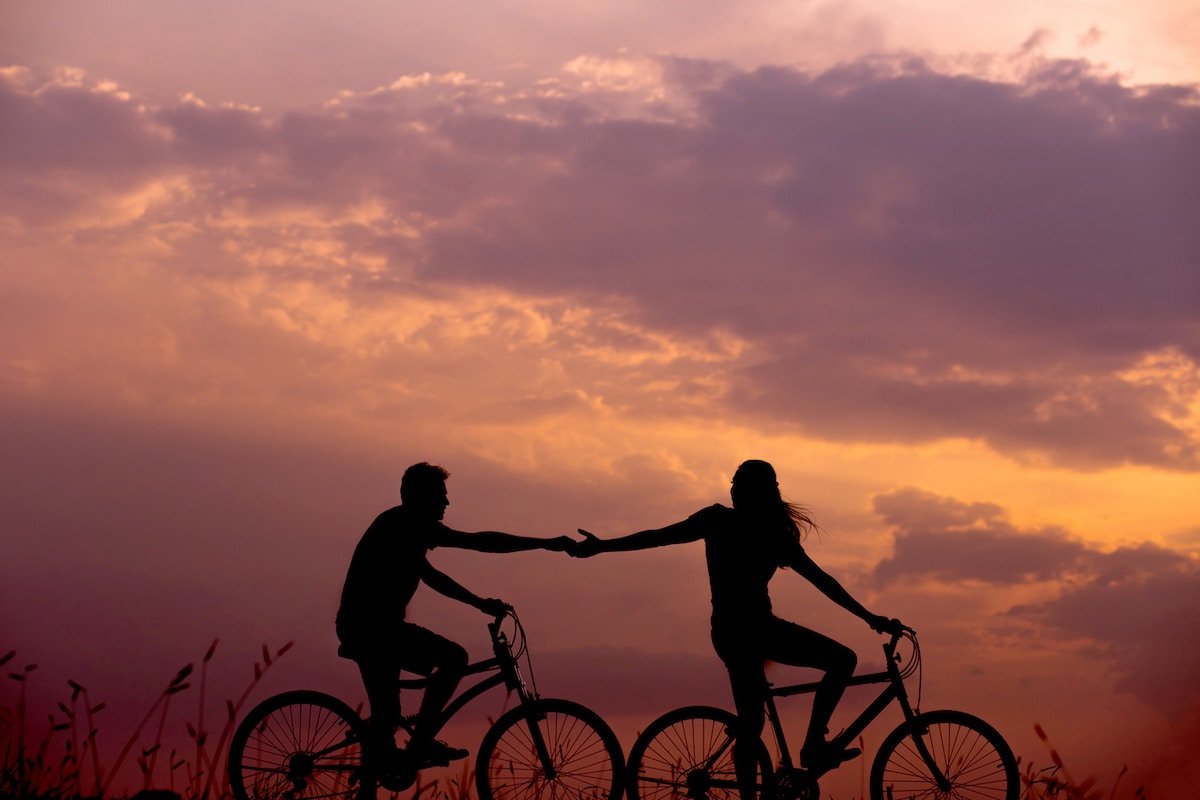
From ancient epics to emojis, declarations of love have been ever-changing, reflecting the shifts in societal norms, technological advancements, and human creativity. While the methods may change, the fundamental human need for connections, and the constant desire to feel loved remains as vital as ever. Although the methods have changed, the value of expressing love has not. Everything changes with time, but as long as those who are loved are cherished, both in this world and the next, the sentiment of love will always be timeless.

